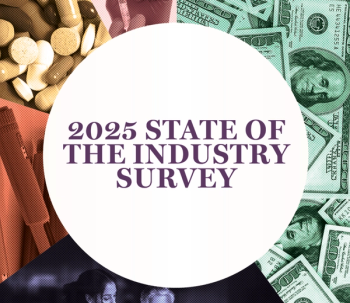
Collaborative care improves depression in teens
Teens who received the collaborative care intervention in primary care had significantly greater improvements in depressive symptoms than teens who were receiving treatment as usual.
Dr Richardson
Teens who received the collaborative care intervention in primary care had significantly greater improvements in depressive symptoms than teens who were receiving treatment as usual, according to a
In a joint Seattle Children’s–Group Health–University of Washington study, called Reaching Out to Adolescents in Distress (
Treatment as usual
“These findings emphasize that screening alone is unlikely to improve outcomes,” said Laura Richardson, MD, MPH, an adolescent medicine specialist at
Collaborative care Intervention teens were invited to schedule a 1-hour education and engagement session with a depression care manager. At the end of this session, the teens (with the input of their parents) were encouraged to choose the treatment they would like to start with – psychotherapy, antidepressant medications, or both. The depression care manager helped them to start this treatment. Brief cognitive behavioral therapy was provided by the depression care manager in the clinic. Medications were prescribed by the primary care provider with input from the psychiatric supervisory team (delivered via the care manager). The care manager monitored adherence to treatment, side effects and depressive symptoms (using the PHQ-9) for all teens regardless of type of treatment selected.
“
Depression screening among adolescents is now recommended by the US Preventive Services Task Force but systems are still working out strategies to implement this screening in a manner that improves outcomes and doesn’t overwhelm available mental health resources, according to Dr Richardson.
The collaborative care model tested in this study was effective in improving treatment engagement in the primary care setting with relatively little increased cost, $1,403 per patient in the study, according to the researchers.
“Levels of mental health specialty care were no different between the 2 groups but outcomes were significantly better for the intervention teens,” Dr Richardson said.
Most of the intervention youth selected psychotherapy, as a result there were only modest increases in antidepressant use among intervention teens relative to control teens, according to Dr Richardson.
“Over the second 6 months of the study, differences in antidepressant use narrowed between the 2 groups, largely because of greater increases in the use of antidepressants among control teens who continued to be symptomatic,” she said.
“By reorganizing care designing a system that actively engages teens in depression treatment, collaborative care significantly improves outcomes for adolescent depression,” Dr Richardson said.
Newsletter
Get the latest industry news, event updates, and more from Managed healthcare Executive.






















































